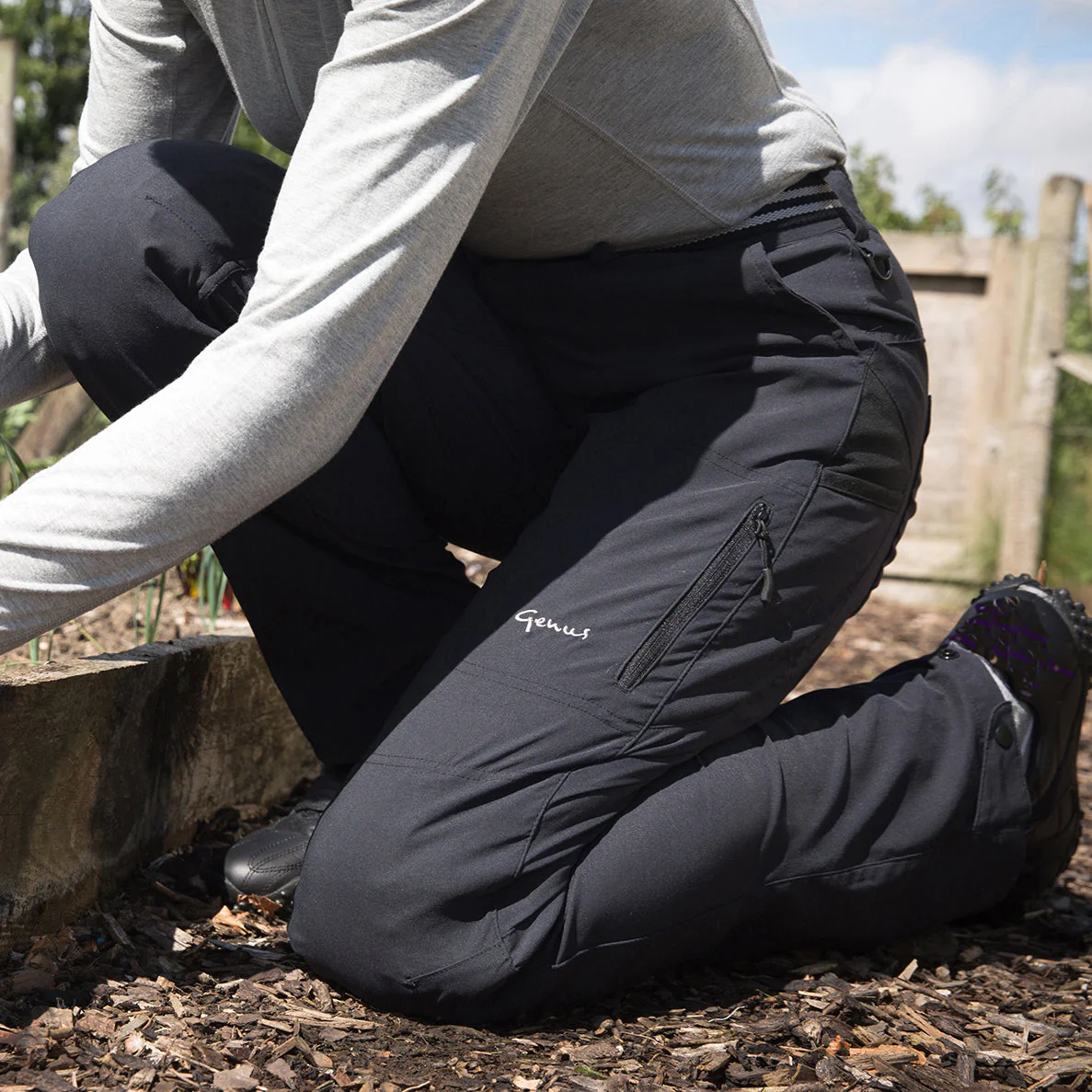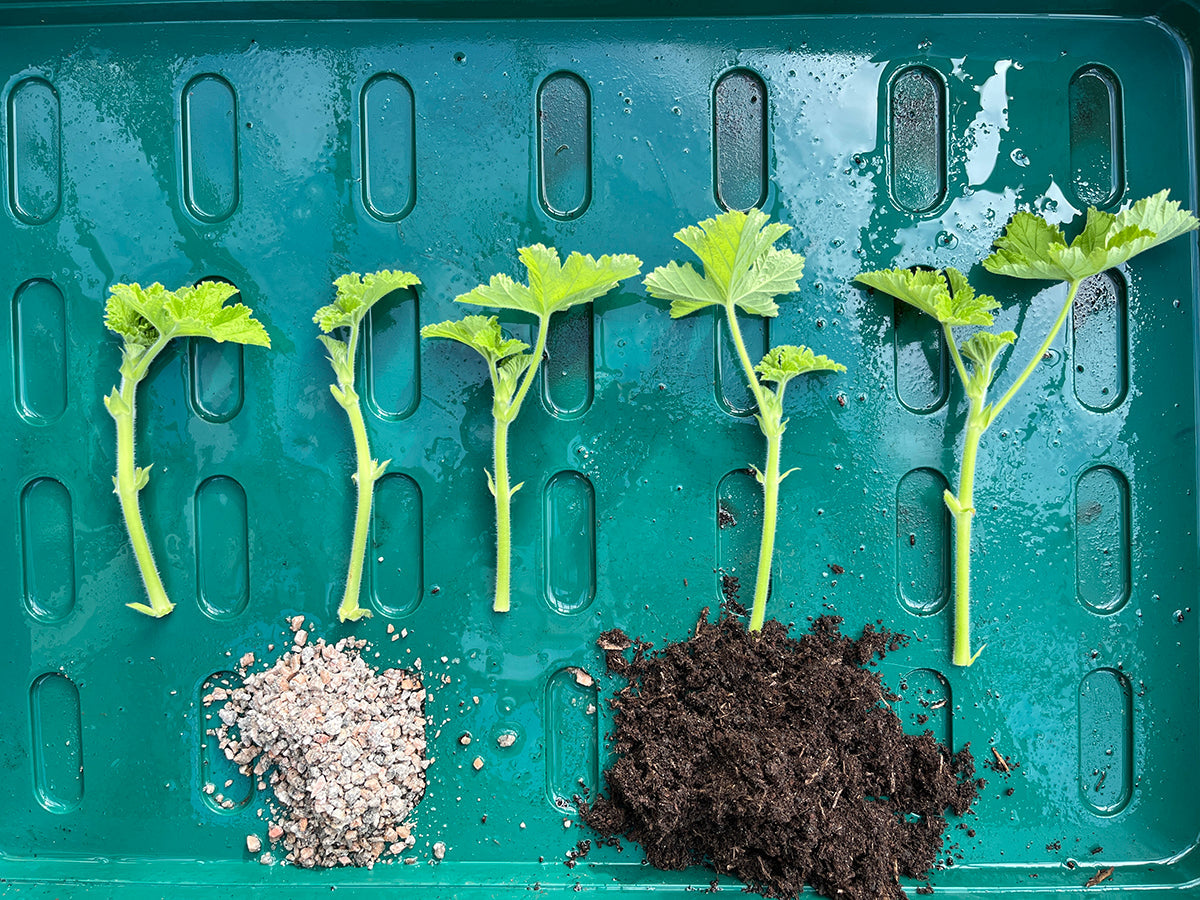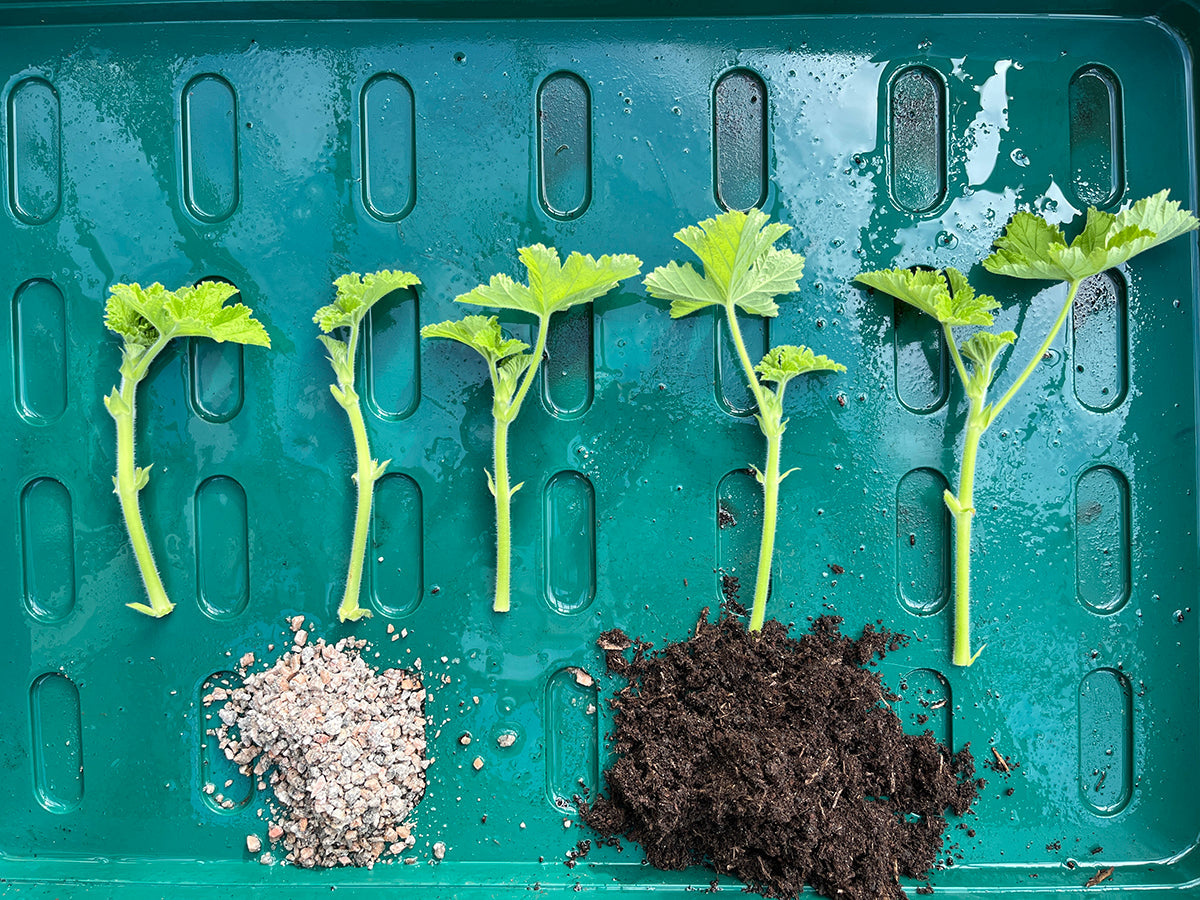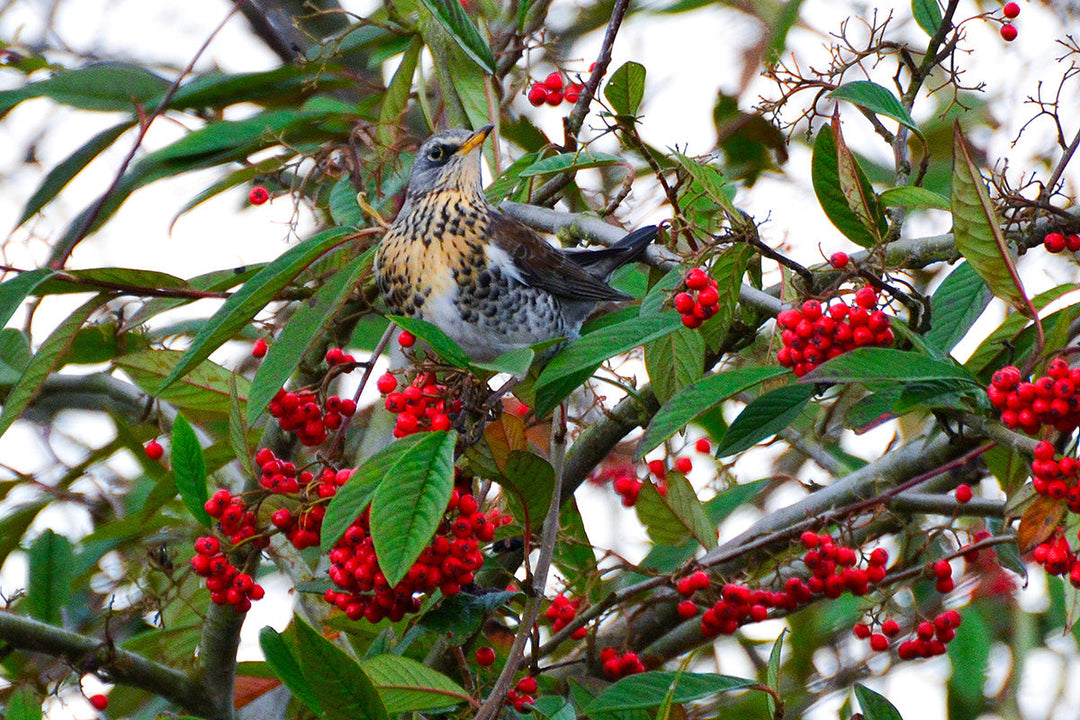Q&A with Mark Brent, Curator of Oxford Botanic Gardens

What about your journey into horticulture?
My father was a (progressive) farm manager and conservationist, so nature was unavoidable growing up. Seeing tree ferns and palm trees in gardens in South West Scotland opened up new horizons for me. The diploma course at RBG Kew was a dream come true. The wall of scent and humidity that greets you at the Temperate House is absolutely magical.
What have been some of the highlights of being at OBG?
Being curator and providing plant material to some of the scientific research carried out by the university is exciting and a privilege. I also relish the fact the garden is a much-loved oasis of calm and beauty in the centre of a busy city.
It must be a very varied role, tell us about that.
Certainly, no two days are the same and being part of the University attracts some interesting people, including our Patron, HRH The Prince of Wales who has an inspiring affinity and passion for the environment. I also enjoy working with other botanic gardens in the UK and around the world including a recent trip to Jerusalem Botanic Garden. And many of my peers at Kew are in similar positions so there are lots of familiar faces out there. As my career has progressed and joints aged, my work has become more desk based, but I arrive at work at 7.30am and see the garden at its peaceful best. I also get around the collections once a day, catching up with the team of horticulturalists who all have defined areas and particularly enjoy mentoring younger team members
Is there a particular highlight in the garden in spring?
We have a wonderful collection of galanthus followed by a conveyor belt of bulbs. Fritlillaria meleagris which has a long connection with Oxford is a personal favourite. The giant victoria waterlilies which are currently being raised from seed are also always impressive.
What plants do you like personally?
I’m particularly interested in 'exotic plants', some of which surprisingly manage to flourish in the centre of Oxford. A favourite, Clianthus puniceus (New Zealand lobster claw) is in full bloom right now. I love South African flora, which we’ve used in our geographic borders - the impressive flowers and their scents are otherworldly.
Tell us about some of the recent developments in the garden.
We are redesigning the rock garden with Mediterranean species, bringing to life ‘Flora Graeca’, the botanical work by former director John Sibthorp, of his 18th century travels in the Eastern Mediterranean. And we are revamping our medicinal plant collection, appropriate since the garden was originally a 'Physic garden'. The prairie garden, though older, is also a very successful and innovative addition.











